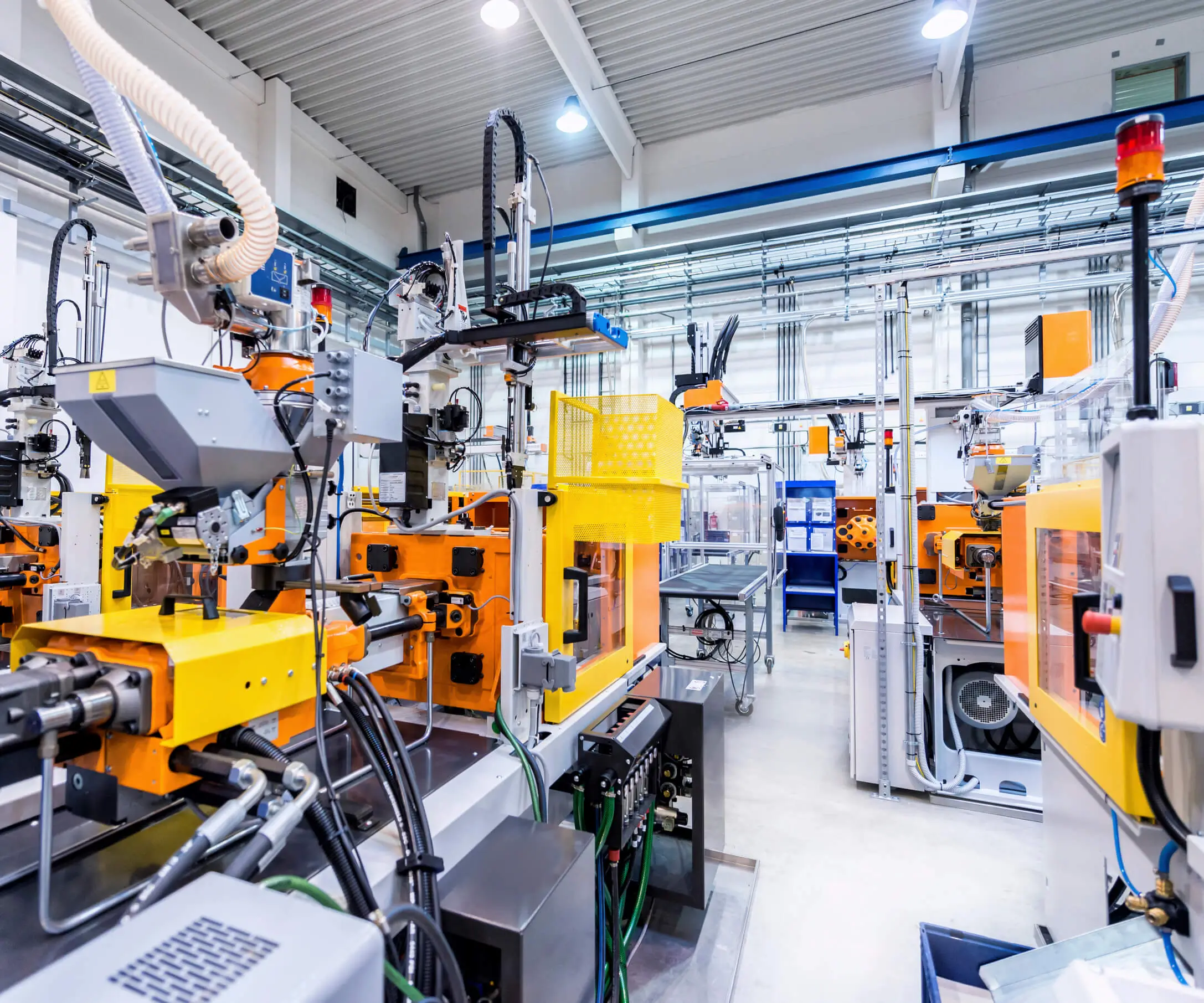Ever wondered if a brushless motor can double as a generator? It’s a question that pops up a lot in tech circles, especially with the surge of DIY projects and renewable energy ideas. The short answer? Absolutely, it can. But it’s not just a simple switch and go—there’s a fascinating dance of physics and engineering involved.

Brushless motors, or BLDC motors, have gained popularity because they’re efficient, lightweight, and maintain less wear and tear compared to brushed motors. Imagine a device designed to convert electrical energy into motion—like spinning a fan or powering a drone. Now flip that switch, and suddenly it’s doing the reverse: spinning to generate electricity. That’s where the magic happens.
Think about it: when you spin a BLDC motor mechanically, it acts as a generator, producing electrical current. This isn’t just a theoretical idea; it’s a common technique in small wind turbines, where a wind spins the blades attached to a BLDC motor, which then creates power. The concept works because of Faraday’s Law—change in magnetic flux induces voltage. The motor’s internal structure is perfect for this. Its permanent magnets paired with stator windings mean it can generate electricity efficiently if spun at the right RPM.
But here's the catch—can you just hook it up and expect full output? Not quite. You need a good understanding of voltage regulation, load management, and maybe even some power conditioning. That's where the real skill comes in. The more carefully you control the input speed and load, the cleaner and more stable your power output will be. Think about it like tuning a musical instrument—it’s about finding that sweet spot.
Some folks ask, “Can I run a BLDC motor as a generator in my home-made wind project?” Absolutely. Many small-scale renewable setups leverage this principle. It’s cost-effective, reliable if chosen properly, and already designed with this dual purpose in mind. Just keep in mind that not all BLDC motors are created equal—look for ones with strong magnets, good insulation, and suitable windings. Brands like KPOWER have models optimized for this kind of use, which makes life a lot easier.
Looking ahead, the idea of using brushless motors as generators isn’t just limited to wind turbines. Think about bicycles equipped with regenerative braking systems, or even portable solar setups that need a lightweight generator. The versatility is inspiring. When you see a motor spinning, it’s tempting to think, "Hey, I could harness that to power something," and you’re not wrong.
In the end, whether you're tinkering in the garage or designing a commercial solution, using a brushless motor as a generator opens up all sorts of possibilities. It’s a blend of practicality and innovation. Just make sure you’re prepared for some hands-on experimentation, and be mindful of what kind of load your setup can handle. Because when everything clicks into place, that’s when you see efficiency in action—energy moving one way or the other, perfectly in sync.
Leveraging innovations in modular drive technology, Kpower integrates high-performance motors, precision reducers, and multi-protocol control systems to provide efficient and customized smart drive system solutions.




































